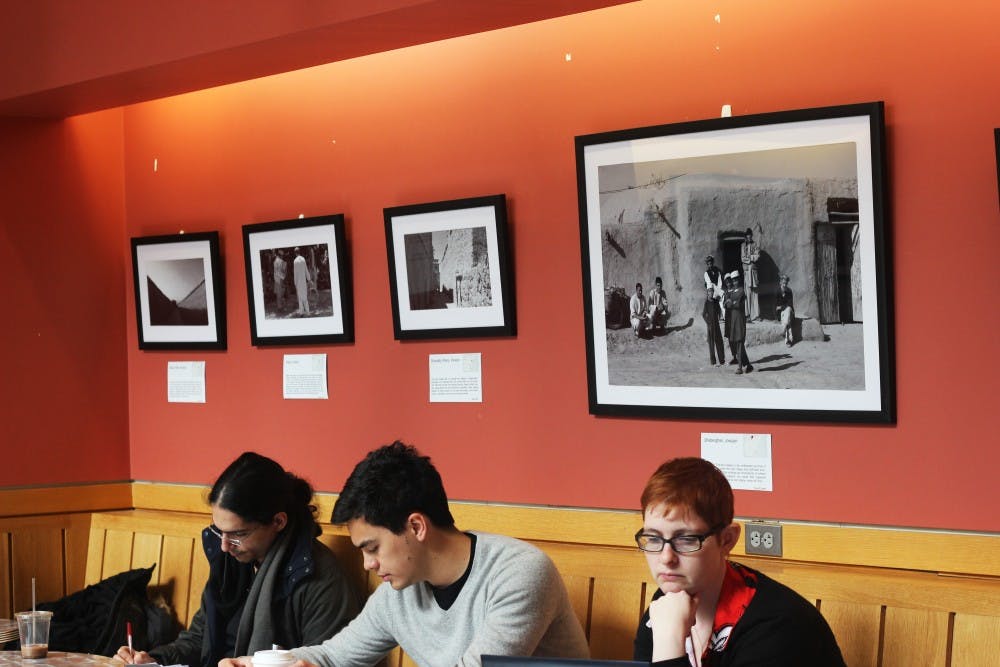Williams Hall might be the last place you’d think you’d find art (except for maybe, Van Prison). However, as the saying goes, art is found where you least expect it. Last week, while eating my French toast bagel and sipping my morning latte from Wilcaf, I noticed the newest addition to the language building’s walls; a series of black and white photographs.

The pair wished to capture the richness of Afghanistan, which is home to 30-35 million people of multiple ethnic groups. The two traveled all throughout the country, visiting and photographing Pashtuns, Tajiks, Hazaras, and Uzbeks in a variety of provinces. The two certainly succeeded. The snapshots are deeply insightful and each image is paired with an informative slide.
The photo series shows that the Afghan nation is one of sharp contrasts. Viewing the images is a visit to all sorts of microcosms; from the smallest villages to the most congested cities. Shir and Lewis attempt to display a side of Afghanistan which is not often shown. They describe it as, “the quotidian view of life through the prisms of people, place, and the material culture.”

The exhibition left me haunted and fascinated. I loved the use of solely black and white photography, which I interpreted as a reflection of the very contrasts in the lives of Afghanis that the two photographers are attempting to portray.
A highlight is the photography of an Uzbek man in Mazar-i-Sharif in the province of Balkh.
Ultimately, the exhibit shows us the lives and livelihoods we overlook when our primary understanding of a culture comes from the news.

